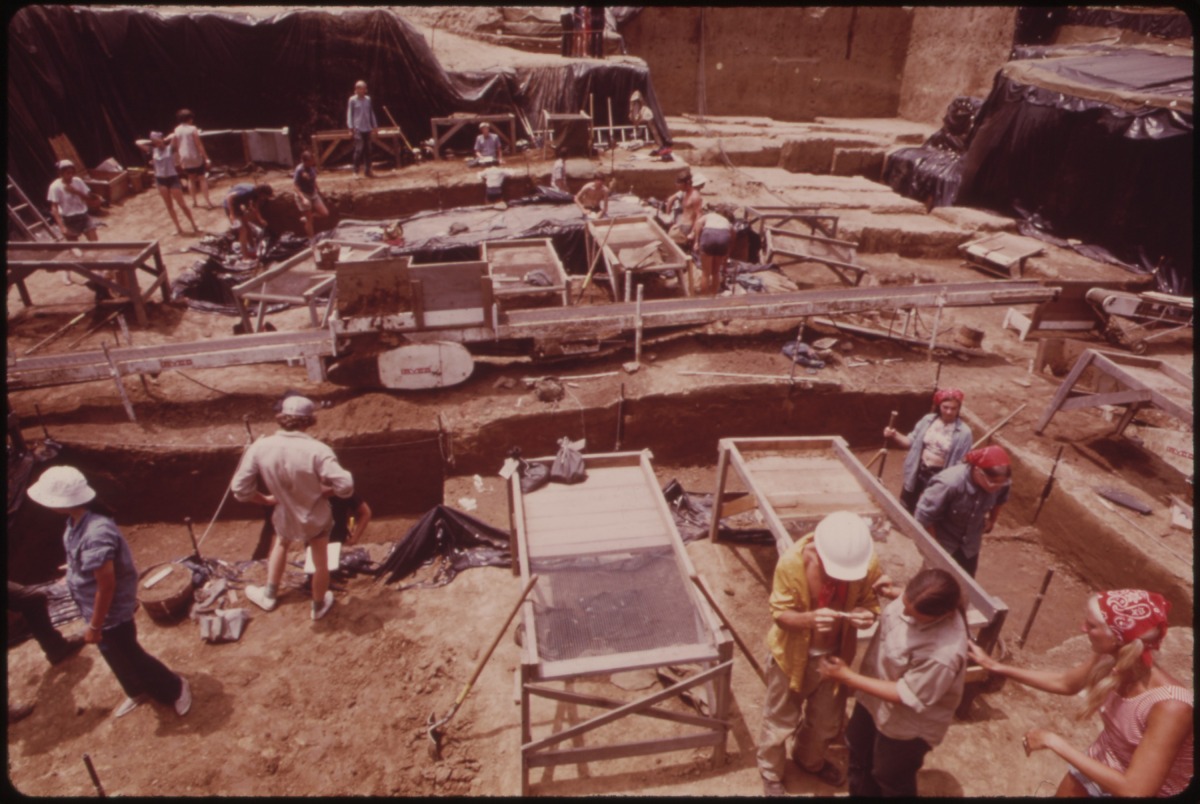Join us: facebook.com/unitedhumanists
DNA links 5,500 year old remains of aboriginal woman found in Canada and her 200 x great-grandaughter who still lives nearby
Scientists have traced a genetic descent from the 5,500 year-old remains to a second set of 2,500 year-old female remains found nearby and, amazingly, to a woman still living close to both prehistoric sites on British Columbia’s northern coast.
The study used DNA samples from 60 modern members of the indigenous Tsimshian, Haida and Nisga’a tribes from the Metlakatla First Nation. The samples were compared with mitochondrial DNA extracted from the teeth of four ancient people: two skeletons aged 6,000 years and 5,500 years unearthed in an ancient shell midden on Lucy Island, and two skeletons aged 5,000 years and 2,500 years found on Dodge Island.
Three living individuals had DNA matches with the older Dodge Island skeleton, and three of the skeletons matched at least one living person. The oldest Lucy Island skeleton didn’t match any living relatives, but did match a 10,300-year-old skeleton previously unearthed on Prince of Wales Island, Alaska.
The team was surprised by the genetic link between the 5,500-year-old Lucy Island female and the 2,500-year-old Dodge Island female, but was elated to find they both had the exact same mitogenome of a living Tsimshian woman – a kinship covering at least 200 generations.
Previous DNA research suggests that 95% of all Native Americans can trace their mitochondrial ancestry to 6 women who lived between 18,000 and 21,000 years ago. The mitochondrial signatures that these ‘founding mothers’ left behind aren’t found in Asia, which suggests that they arose in Beringia, the now-submerged land bridge which connected Asia to North America during the last Ice Age.
However, the genetic picture which followed their descendants’ migration into North America around 15,000 years ago has proven difficult to understand – mainly due to the effects of European colonization from the 16th century onwards, which, as well as adding European DNA into the mix, effectively snuffed out many indigenous genetic lineages.
Which makes this living mitochondrial link particularly important.
Study leader Ripan Malhi, said: “It’s a rare lineage. In my mind, I expect that lots of these rare lineages would have gone extinct after European contact and colonization because of the high mortality that was associated with contact.”
Study co-author and Metlakatla treaty official, Joycelynn Mitchell, added: “It’s very exciting to be able to have scientific proof that corroborates what our ancestors have been telling us for generations. It is amazing how fast technology is moving to be able to prove this kind of link with our past.”
Source: https://bit.ly/3g3LgOM
